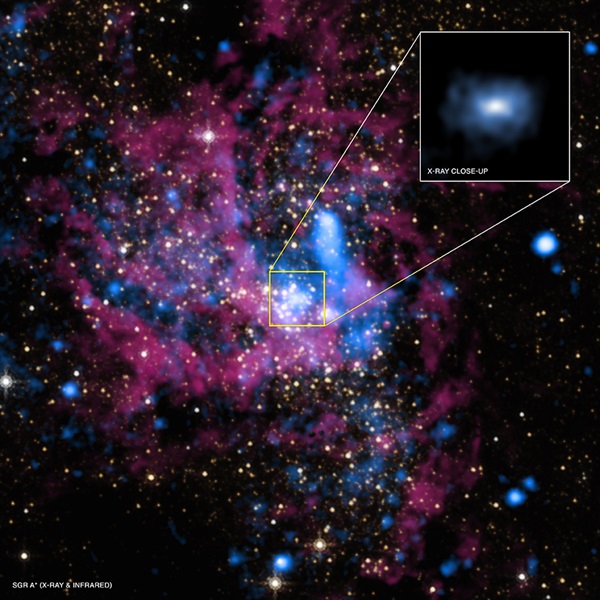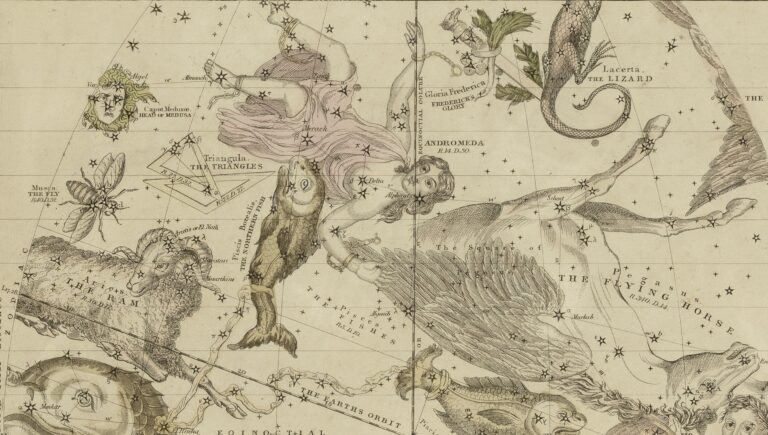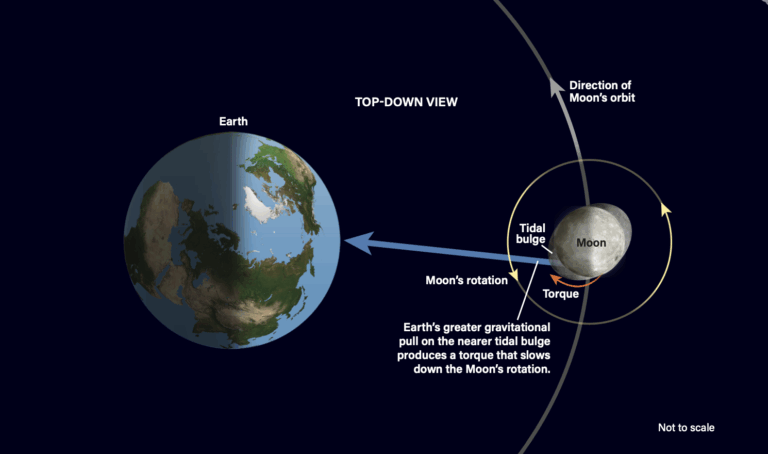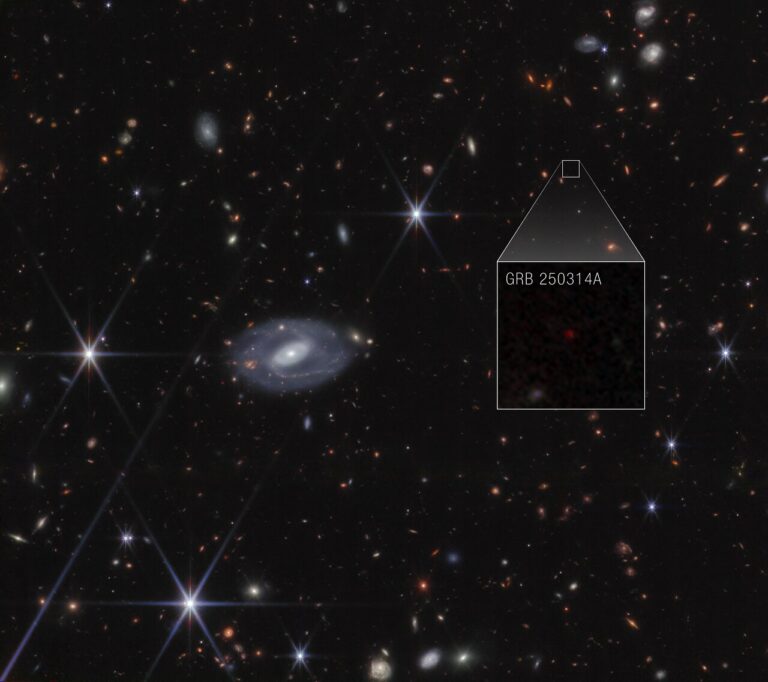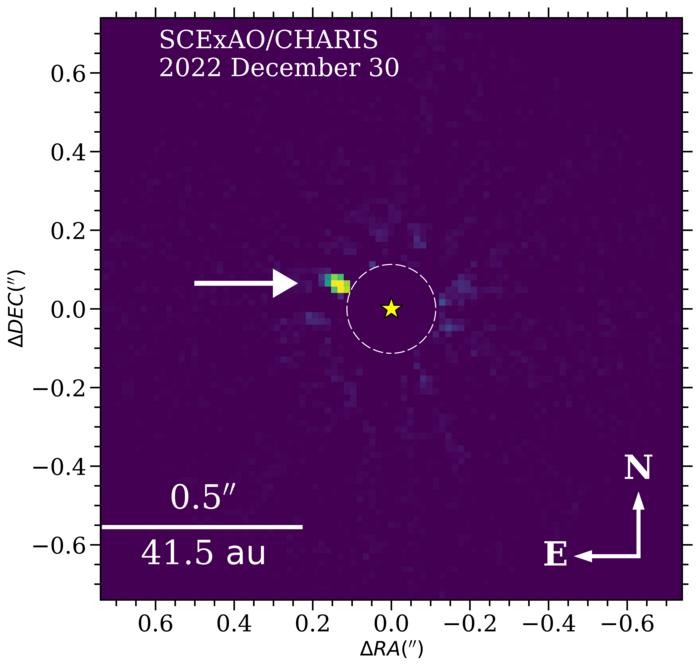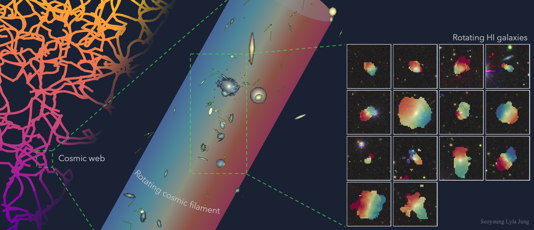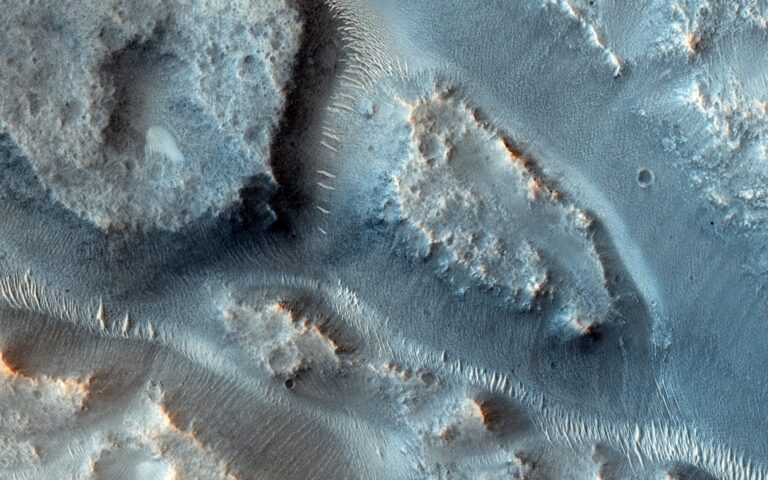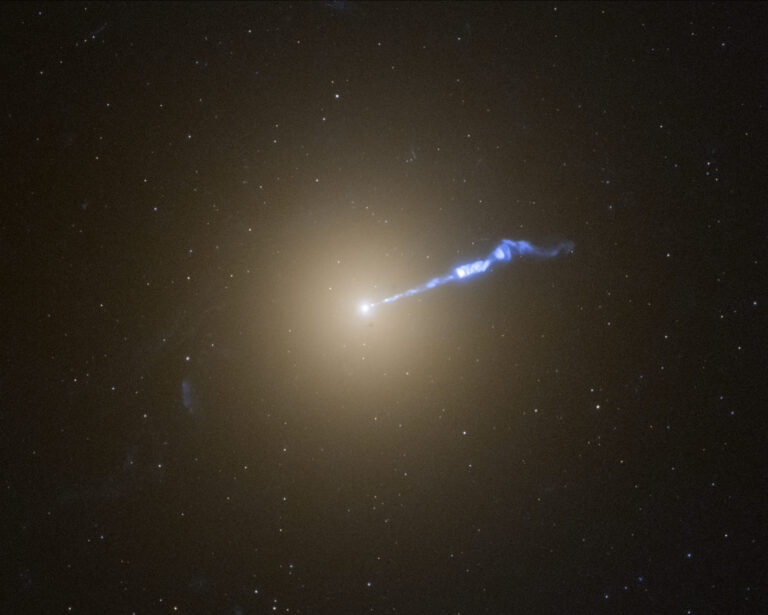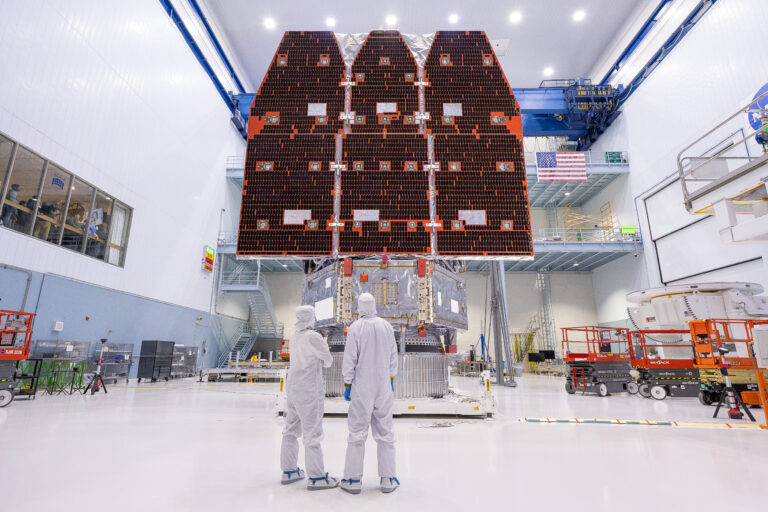Key Takeaways:
Astronomers have just brought a telescope online that’s (virtually) the size of Earth. Dubbed the Event Horizon Telescope, it’s aiming to achieve something that’s never been done before: imaging the space around a black hole all the way down to its event horizon.
One of its targets is Sagittarius A*, or Sgr A* for short. Sgr A* is the supermassive black hole in the center of the Milky Way, with a mass of approximately 4 million Suns. Because it’s so massive and so (relatively) close at a distance of 25,600 light-years, it’s the largest black hole visible in our sky. But large is a relative term as well — current estimates place the size of the black hole at 100 Astronomical Units (AU) or less. One AU is the average distance between Earth and the Sun, 93 million miles (150 million kilometers). Some estimates even indicate that the black hole could be as small as the distance between Mercury and the Sun, just 28 million miles (46 million km).
When astronomers “see” black holes, they are actually seeing light from a disk of material around the black hole, which is sitting beyond the event horizon. Anything within the event horizon itself is truly invisible, as that marks the point at which even light cannot travel fast enough to break free of the black hole’s gravity and escape. But currently, astronomical instruments don’t have the resolution to really see the disk closely or image its structure.
This is why every “image” ever shown of a black hole in a news article or textbook is an artist’s rendering, rather than an actual picture. But that’s all about to change.
The Event Horizon Telescope makes use of a technique called Very Long Baseline Interferometry (VLBI) that requires several telescopes observing the same object from different locations to create highly detailed images of very, very small sections of the sky. The farther apart the telescopes are located, the greater the detail they can achieve. The Event Horizon Telescope will link eight radio telescopes around the world, including the Atacama Large Millimeter/submillimeter Array in Chile, the Caltech Submillimeter Observatory in Hawaii, the Large Millimeter Telescope Alfonso Serrano in Mexico, the South Pole Telescope in Antarctica, and other facilities in France and Spain to utilize the longest baselines possible. By creating a truly Earth-sized telescope, the project should be capable of imaging the space around a black hole in exquisite detail.
This will allow astronomers to study not only the structure of the disk around the black hole, but also to test general relativity, get a better look at how the black hole actually feeds on material, and maybe even determine how the outflows and jets that are so common among black holes are actually created.
The giant telescope came online April 5 and will observe for about a week and a half, gathering data until April 14. In addition to imaging our relatively quiescent Sgr A*, it will also look at the more active supermassive black hole residing in Messier 87, a huge elliptical galaxy in the nearby Virgo Cluster. The amount of information obtained will be so immense that it’s too large to transfer digitally — it will be stored physically and taken to the Max Planck Institute in Germany, and the Haystack Observatory in Massachusetts for processing.
That will take time. But in a few months, we may finally have our first picture of the region immediately around a supermassive black hole.

